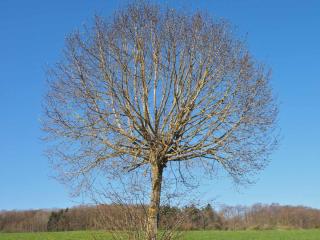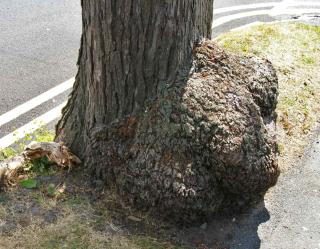

The elm tree stands out not just for its leaves but also for its grandiose size when fully grown.
Key elm facts:
Name: Ulmus sp., elm
Family: Ulmaceae
Type: tree
Height: 49 to 82 feet (15 to 25 m)
Exposure: sunny
Soil: any
Foliage: deciduous – Flowering: March
Big parks, forests, and spacious gardens often feature this tree. Sadly, it’s not the best choice for small gardens, because it grows very large.
Plant your elm in fall. It helps roots get established before winter. Give it room; it quickly spreads its branches.

If you want to control its shape somewhat and give it some breathing room, it’s best to prune right after it drops its leaves.
Elm stands out not just for its looks but also for its wood quality. Durable and moisture-resistant, it’s top-notch lumber material. Find a spot for it in your garden, or perhaps along roads and rivers.
With its shimmering light green leaves in summer, it’s quite the showstopper.
Here are the most popular varieties:
Elm lifespan:
Lifespan varies, but typically it’s around a century. Field elm can live for up to 500 years!

A common development, especially among pollarded trees, is the development of large cankers. When these are big enough, they have significant value for furniture-making since the wood pattern inside these is stunning. It’s caused both by the repeated pruning of suckers and an infection by a fungus, usually Agrobacterium tumefaciens.
A layer of mulch is highly recommended. It keeps pesky weeds at bay, retains moisture during summer, and shields roots from winter cold.